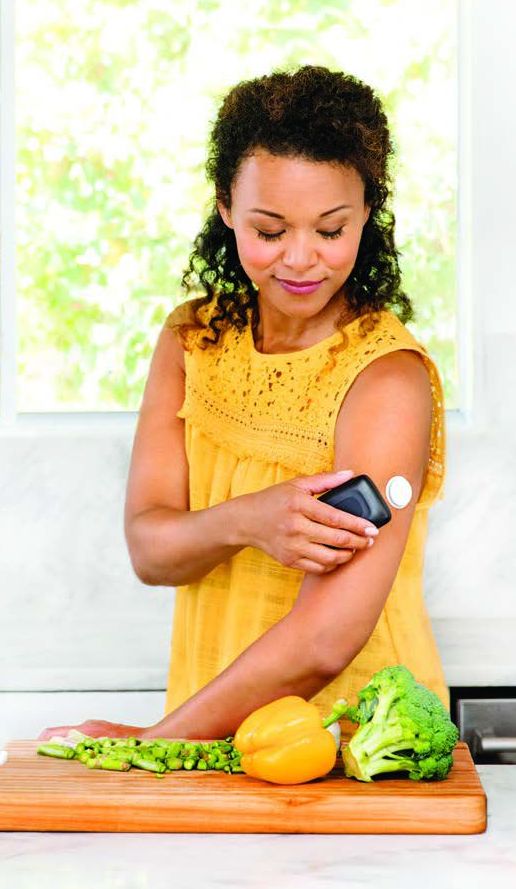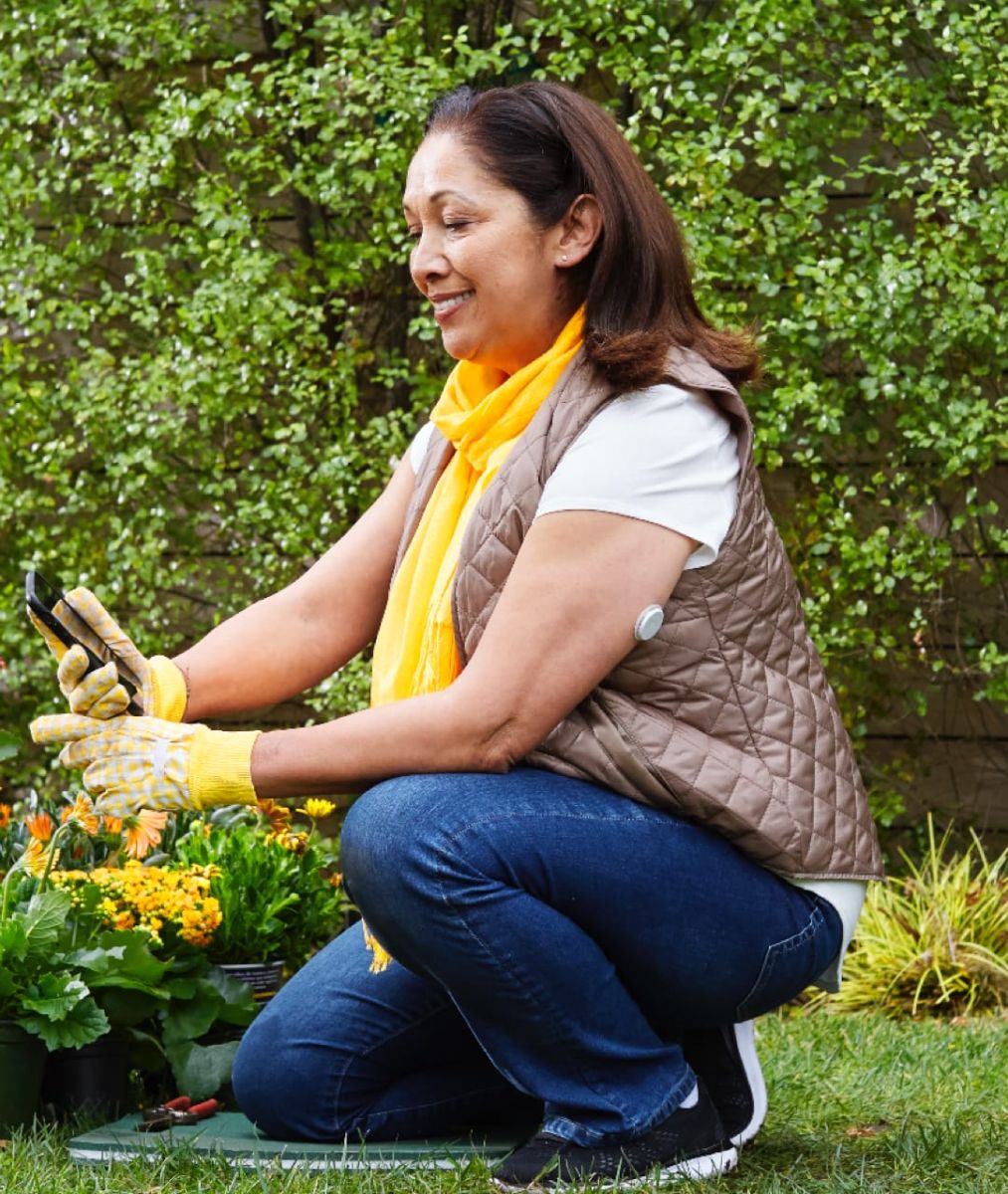
For those individuals who must monitor blood sugar levels, you may have researched what other options you have for different ways to monitor glucose levels. Continuous glucose monitoring (CGM) is an essential piece of the puzzle for getting sugars under control for those who have type 1 diabetes and some type 2 diabetes individuals as well. In order to constantly keep track of these levels to ensure you’re healthy, a blood sugar monitor is important to have with you at all times as it can detect and will show you when these levels are not where they should be. A CGM works around the clock, day and night, to track these levels. Let’s find out a little more about what continuous glucose monitoring is and why it can be an important treatment decision for your diabetes and overall lifestyle.
What is continuous glucose monitoring?
Continuous glucose monitoring automatically tracks a person's blood sugar levels in real time. This allows for the highs and lows of a person’s glucose levels to be monitored throughout the day. These CGM devices are incredibly helpful in allowing people to make informed decisions surrounding their insulin intake and making decisions about their daily activities. Having a constant stream of blood sugar data allows people to make informed choices about their food, physical activity, and medicines.
How does it work?
 These systems operate by having a sensor that is typically placed on a person’s stomach or arm. Sensor placement is important when it comes to getting a completely accurate reading. Some sensors are designed only to work on the abdomen, like the Dexcom G6, while the Freestyle Libre works on the arm.
These systems operate by having a sensor that is typically placed on a person’s stomach or arm. Sensor placement is important when it comes to getting a completely accurate reading. Some sensors are designed only to work on the abdomen, like the Dexcom G6, while the Freestyle Libre works on the arm.
Once positioned, these sensors can measure glucose levels that are found in the fluid between cells. A transmitter will transfer this information to the device sans wires which could also be connected to an insulin pump that can inject the specific amount of insulin required to maintain proper glucose levels. These devices can be used by anyone 18 years and over for the Freestyle Libre, and the Dexcom G6 can be used for children 2+ years and older but requires a prescription by your doctor. The length of wear time on a CGM device will depend on the specific system but range from 10-14 days.
How can it help improve your lifestyle?
A CGM system can help improve your lifestyle in many ways. Having real-time data available and charted out at a moment’s notice allows the user to not only see but become more accountable for their food choices and how they interact with their body along with physical activities, and more. CGM also makes it much easier to avoid extreme highs and lows in glucose levels. With this, of course, there are many benefits:
- Reduced hypoglycemia/hyperglycemia and glucose-related emergencies
- Better information in the form of charts to see the trends in glucose levels
- No finger pokes needed
- Reduction in A1C numbers
 Does insurance cover continuous glucose monitors?
Does insurance cover continuous glucose monitors?
We are able to take most insurances, whether it’s through Medicare/Medicaid or another private insurance company, the type of CGM device you qualify for can vary from plan to plan along with the cost you pay out of pocket. Be sure to check with your insurance provider to determine what’s covered under your plan.
But as a general rule, for a CGM to be billable as an insurance benefit, Medicare and most other insurances require persons with diabetes mellitus currently using blood glucose monitors to:
• currently be testing blood sugars 4 or more times per day
• currently injecting insulin 3 or more times a day or is currently using an insulin pump, with frequent adjustments based on testing results
• schedule physician visits for review every 6 months at minimum
Also, for Michigan MCD coverage, you must have Type 1 diabetes and have completed a Medicaid-covered diabetes self-management education training within one year prior to the CGM order in addition to one of the following:
• are unable to consistently and reliably identify hypoglycemic events (e.g., hypoglycemic unawareness);
• a recent history of hospitalization or emergency room visits for seizures or other conditions attributed to a hypoglycemic event;
• coexistent morbidity that poses an unusual challenge with concomitant hypoglycemia (e.g. uncontrolled epilepsy);
• the presence of microvascular complications (e.g., vasculopathy, retinopathy); or
• ketoacidosis or uncontrolled glucose.
Have more questions?
If you have additional questions about our continuous glucose monitors or other diabetes management products that CareLinc offers, please contact our Diabetes Care Team directly. Our expert team is standing by and ready to help you receive the best products that get your diabetes under control and help improve your health.
January 19, 2023 by CareLinc Medical Equipment & Supply
